Nakayama is in between Narita And Haneda International Airport
<クッキーについての同意並び欧州居住者向けプライバシーポリシー>
中山・下総・散歩道
The Soshi-do Hall In Nakayama Hokekyo-ji
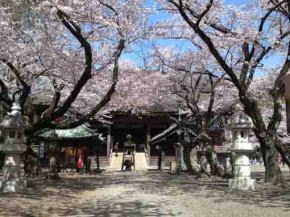
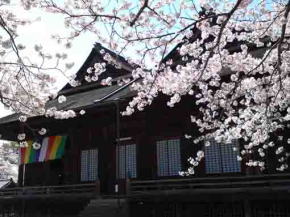
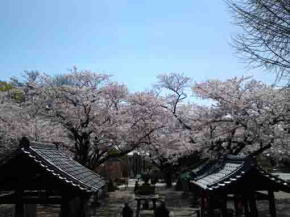
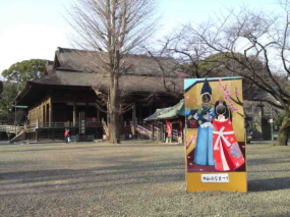
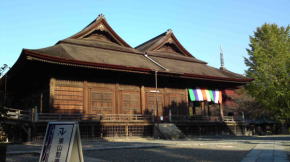
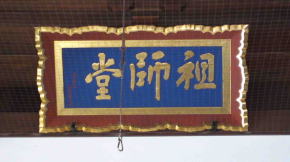
Passing through the approach road of Nakayama Hokekyoji Temple, there is a five-story pagoda and a big hall having two rooves in front. The hall is called Hokekyoji Soshido designated as the Important Cultural Property by National Government. And the roof was built by a very unique architectural style called Hiyoku-Irimoya-zukuri (twin hip-and-gable roof structure), and there are only two buildings existing in Japan, one is this and another one is the main hall of Kibitsu Jinja Shrine in Okayama Prefecture. In spring, many cherry blossoms dramatically bloom around Soshido Hall. The flamed calligraphy hanging on the hall was written by one of the greatest calligraphers in Edo period, Koetsu Honami. And Soshido Hall was described by a haiku poet in Meiji Era, Kyoshi Takahama in his essay 'Nakayamadera'. On the right of the approach road to Soshido Hall, there is a well called 'Hoshi no I' the founder Nichiren had used.
Why don't you visit Hokekyoji Soshido Hall?
The Hokekyoji Soshido as the Important Cultural Property
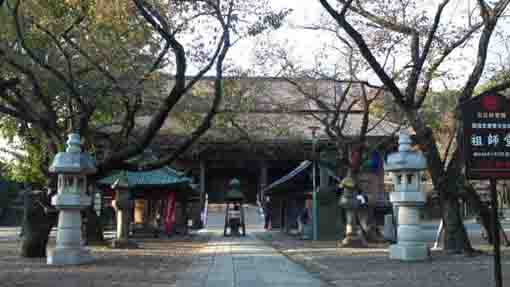
Hokekyo-ji Soshido; The Important Cultural Property Designated By The National Government
Date of designation; May 18th of 1985.Architectural structure; The length of beam 12.74meters, a single storey in Hiyoku-Irimoya-zukuri (twin hip-and-gable roof structure). The width of front kohais (a roof built over the steps leading up to a temple building) is 5.46 meters, and the width of its back is 1.82 meters , with munafuda 11mai (eleven wooden tags commemorating the foundation of the temple).
The name Soshi-do implies that this building dedicates the founder of the Nichren Sect, and the building stores Nichren's statue carved by Nippou (1259-1341). So 'Soshi' means the first man who starts the religious sects or some other groups, including some academic groups.
The Soshi-do was first built Shochu 2nd (1325) of Kamakura Period. At that time, it was called a 5 ken-do (5 ken means the width of the building, a ken is about 1.82 meters in classic Japanese measure, so 5 ken is about 9.10 meters wide) for the founder Nichiren enshrined. Since that, it had got fires several times. The Soshi-do now existing was built in Enpo 6th (1678) of Edo Period.
Besides the hengaku, a kind of tablet hanged up on the center of the Soshi-do' front kouhai was written by Koetsu Honami(1558-1637), one of the most famous and popular calligraphers and artists in Azuchi Momoyama Period or Early Edo Period.
The building is now 7 ken-do (12.74 meters wide), the roof looks two roofs lined beside, it is the feature of it, and called Hiyoku-Irimoya-Tukuri (twin hip-and-gable roof structure). It is very unique and rare structure, there are only two buildings existing now in Japan. One is of course the Soshi-do in Hokekyo-ji, another one is very famous, it is the National Treasure, the Kibitsu-jinja Honden in Okayama prefecture.
The inner space is divided into two, first layer of ge-jin and inner space. And the inner space is also divided into four, the wider space of nai-jin, both side is called waki-jin and back space is called go-jin. There are willow lattice frames on the walls between nai-jin and ge-jin, and there are removable partition called Kekkai on the lower parts of the wall. Besides the kekkai are also used between the nai-jin and the waki-jin, but they are rationally removed when some big religious events are held in. This is very typical structure in the temples belonging to Nichren Sect. The floor of the nai-jin is generally wooden-style, but now straw mats are laid on the floor. The ceiling is called a square frame ceiling, so it looks like a the squares of a "go-board" in a Japanese game called 'go', the edges of each square are black Japanese urushi lacqure coating, and a bellflower crest is painted on each square on the ceiling. In addition the upper part of the nai-jin is solemnly decolated with rich color
The large hall of Nichiren Sect like Soshi-do in Hokekyo-ji is very rare in Kanto Area, it is very important building that the date of construction is known, and also its scale and structure shows the trend of the common people's faith in Edo period.
It took ten years to tear down and to repair Soshi-do、so it was completed in Heisei 9th (1997), the building was restored to its original state.
March 1999
Ichikawashi Board of Education
法華経寺祖師堂参道脇案内板より
Besides, in 'Nakayama Dere' an essay written by Kyoshi Takahama a leading haiku poet, Nakayama Hokekyoji Temple was described, and Kyoshi visited it and sat on a step of Soshido Hall in 1897.
Hokekyoji Soshido and Cherry Blossoms
There are many cherry trees in front of Hokekyoji Soshido and visitors could enjoy their wonderful experiences while they walk on the approach road to it since they are covered with millions of cherry blossoms in Spring.

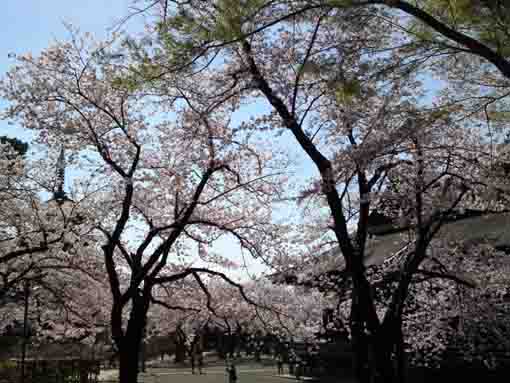
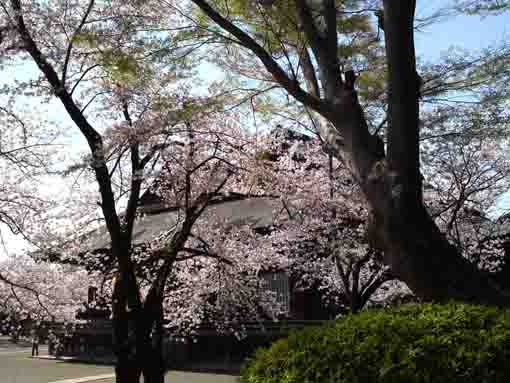
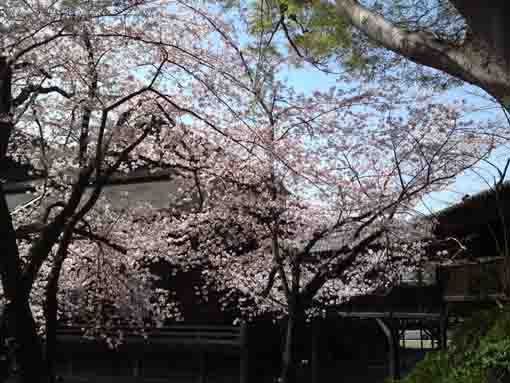
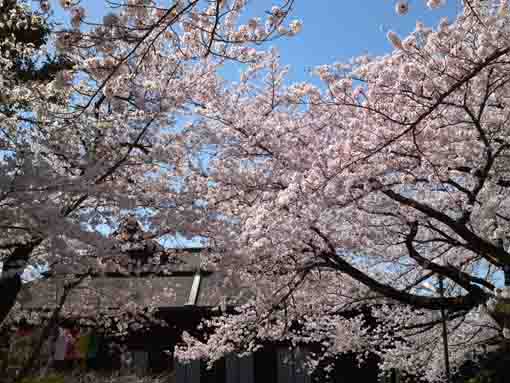

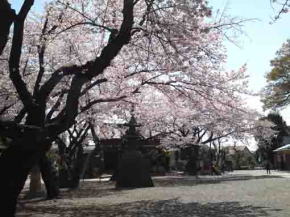
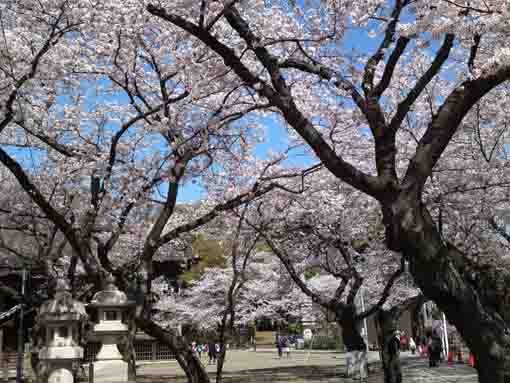
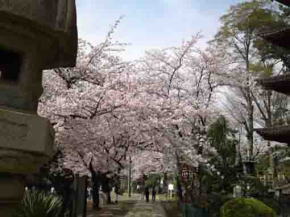
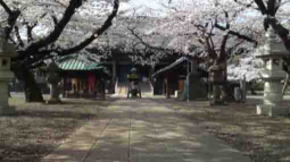
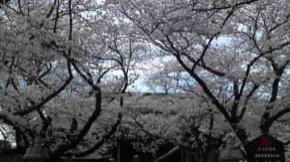
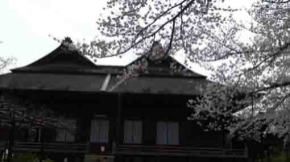
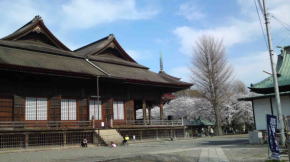
Hoshi no I well in Nakayama Hokekyoji Temple
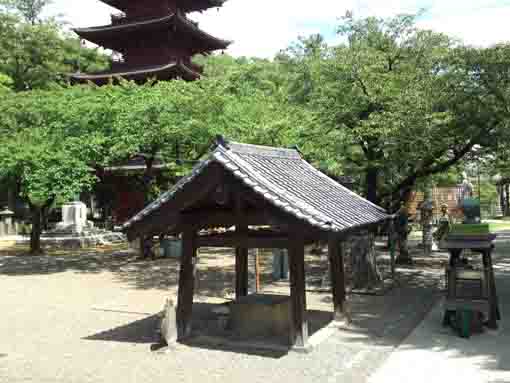
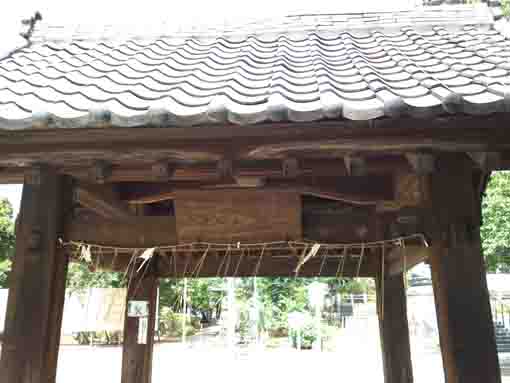
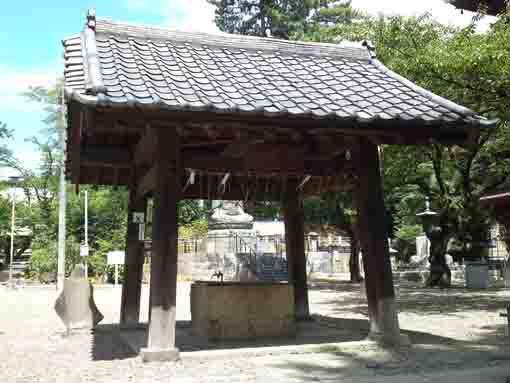
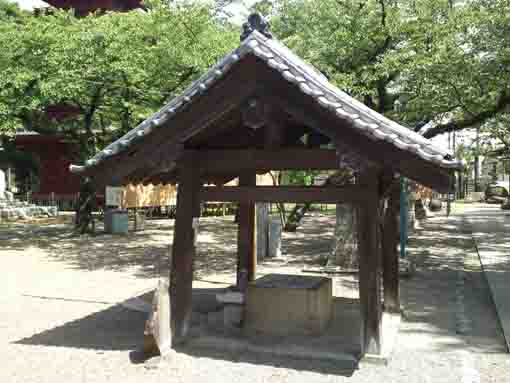
Hoshi no I well is a well on the right on the approach road to Soshido Hall of Nakayama Hokekyoji Temple. And it has been reserved carefully since the Founder Nichiren had used it.
引用・抜粋および参考
法華経寺祖師堂脇案内板
市川市ホームページ
市川市立図書館ホームページ
正中山法華経寺誌
日蓮宗各本山名所図会
定本高浜虚子全集第8巻写生文集1「中山寺」 毎日新聞社
大辞林
日本世界人名辞典
新制版 日本史辞典
ブリタニカ国際大百科事典
ウィッキペディア
Slide Show Movies of Sakura Blossoms in Nakayama Hokekyoji Temple
The Photo Movie of Cherry Blossoms in Nakayama Hokekyoji in 2020
The Photo Movie of Cherry Blossoms in Nakayama Hokekyoji in 2019
Let's enjoy viewing Sakura Blossoms in Nakayama Hokekyoji!
The Location and Access to Soshido Hall In Nakayama Hokekyoji
Soshido Hall In Nakayama Hokekyoji Temple
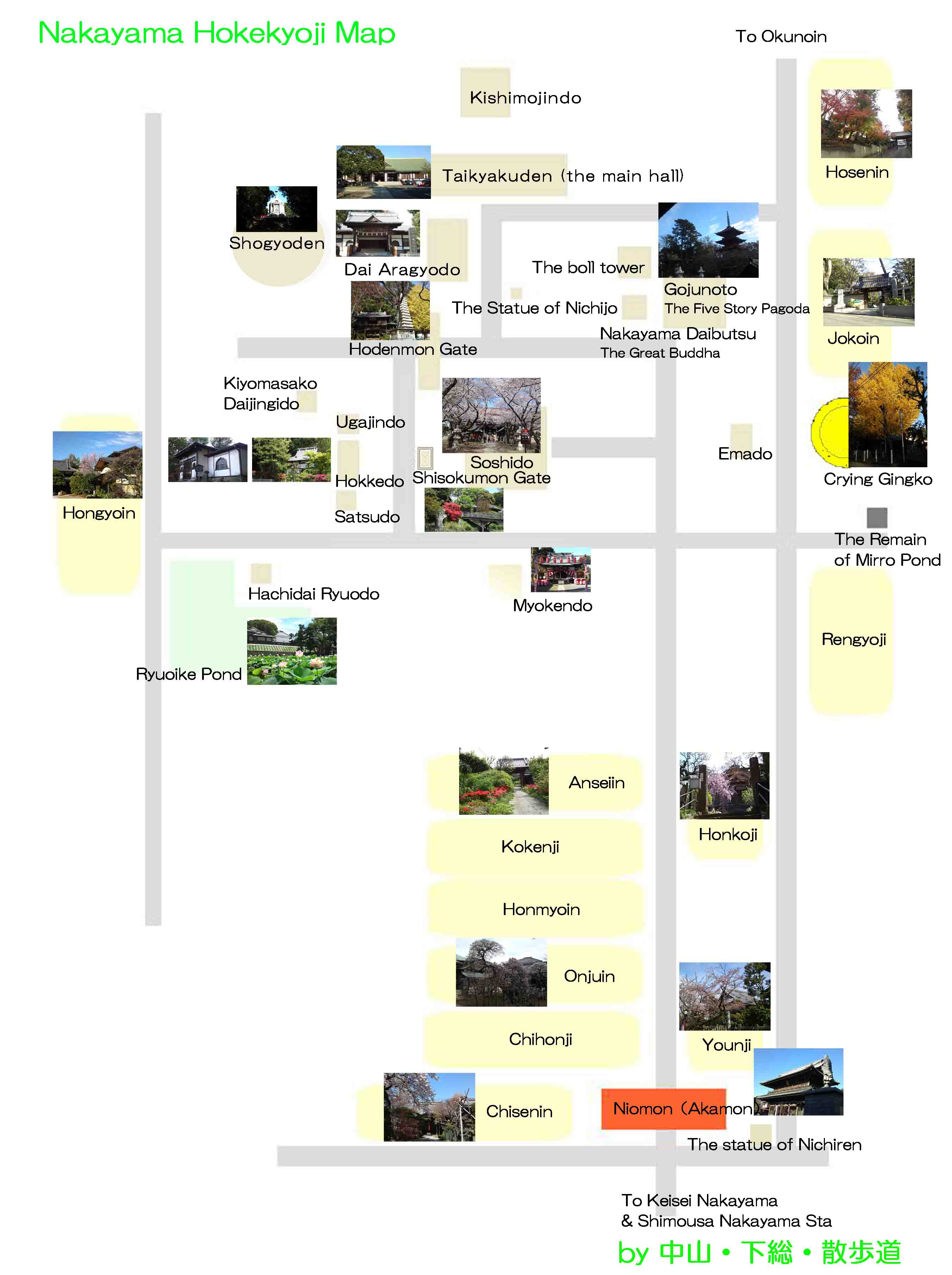
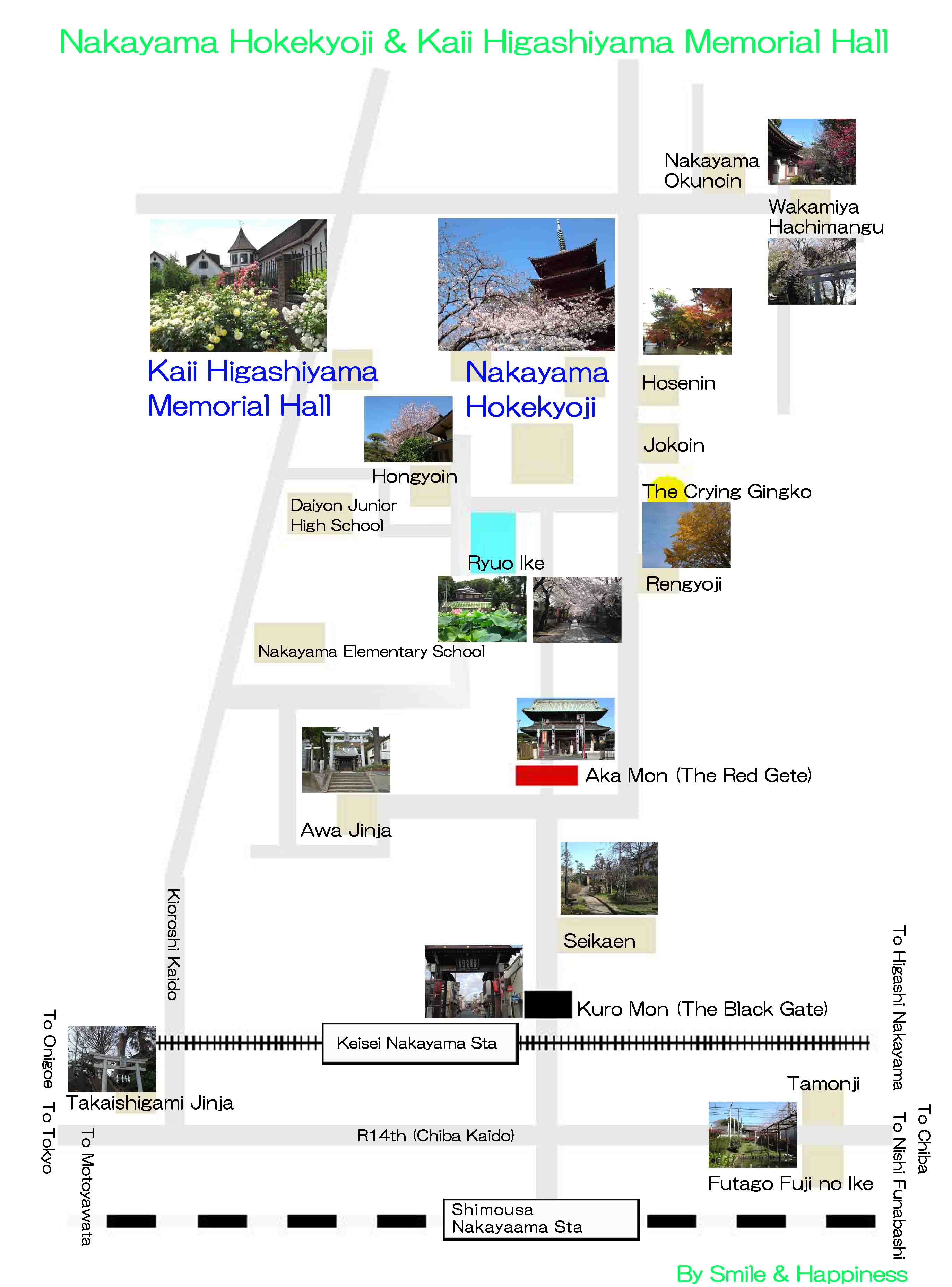
The map near Nakayama Hokekyoji and Kaii Higashiyama Memorial Hall
PDF of the map near Hokekyoji and Kaii Higashiyama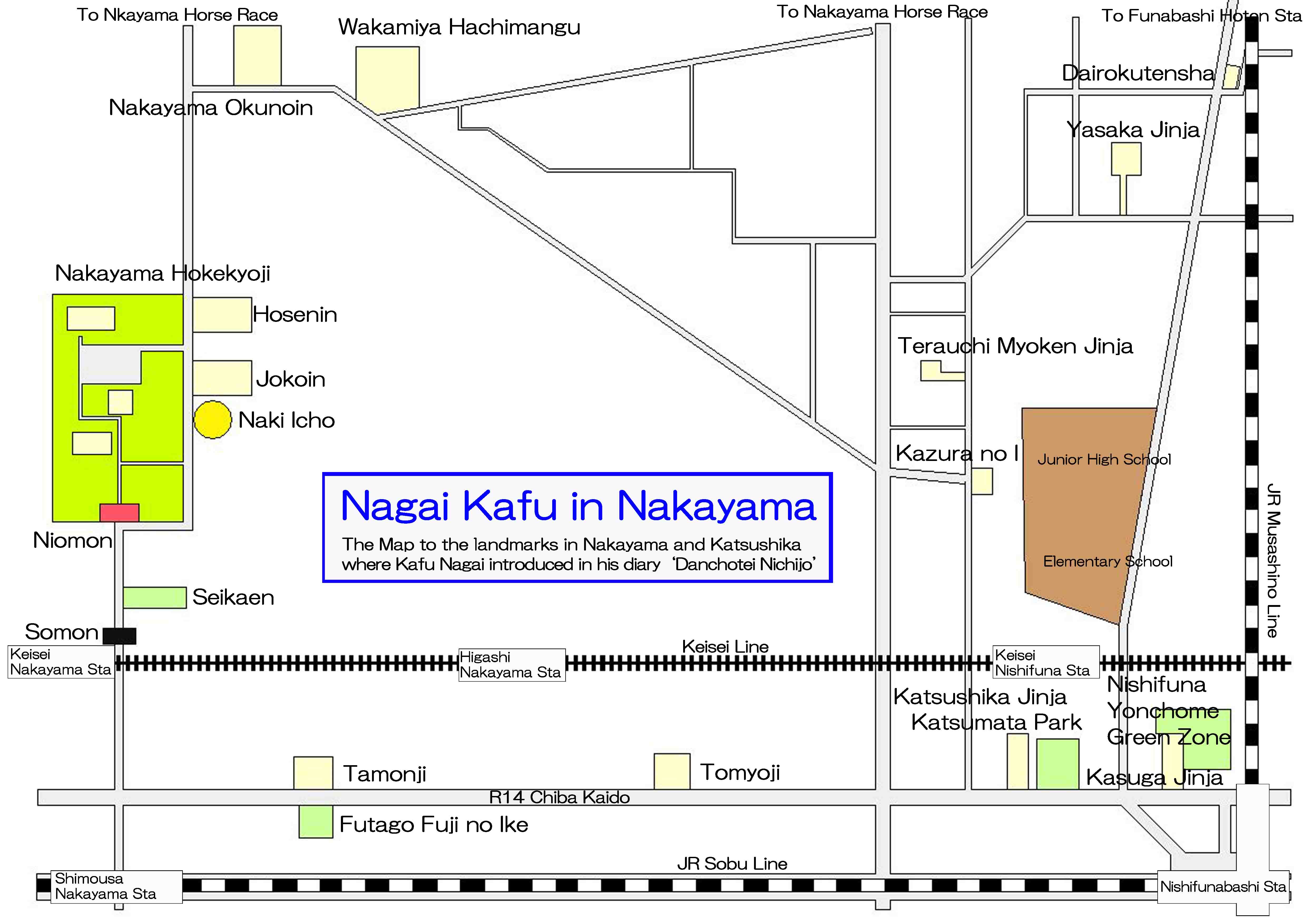
The map to the landmarks where Kafu Nagai introduced in his book
PDF of the map of the noted spots where Kafu Nagai visited- Soshido Hall in Nakayama Hokekyouji Temple has a great accessibility from both Narita and Haneda International Airport.
- From Narita International Airport, take Keisei-line and get off Keisei-Nakayama Sta, take minimally 40 minutes from Narita Airport.. And also take JR Sobu-express line, transfer the line at Funabashi to Sobu-Local line, get off Shimousa-Nakayama Sta.
- From Haneda International Airport, take Keikyu-line bound to Narita, and get off Keisei-Nakayama Sta.
- From Tokyo Sta, take Sobu-Express line bound to Chiba or Narita, transfer the line to Sobu-Local line bound to Chiba, Tsudanuma, or Nishi-Funabashi at Ichikawa Sta, get off Shimousa-Nakayama Sta.
- From Akihabara Sta, take Sobu line bound to Chiba, get off Shimousa-Nakayama Sta.
- Take 4 minute walk from Keisei-Nakayama Sta, and take 7 minutes walk from Shimousa-Nakayama Sta.
- 2-10-1 Nakayama, Ichikawa-shi, Chiba-pref, Japan
Sightseeing in Nakayama Shomousa With Mangas
Sightseeing in Nakayama Hokekyoji Temple with Manga (Long Version)
Sightseeing in Nakayama Hokekyoji Temple with Manga (Short Version)
The Landmarks in Nakayama Hokekyouji Temple
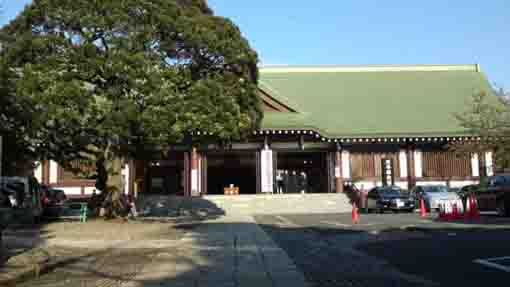
Honin(Taikyakuden)・Kishibojindo(Sonshindo)
Takikyakuden is the main hall of Hokekyoji and it has the business office and Kishibojindo Hall dedicated to the goddess of children on the end of the long corrido of the main hall.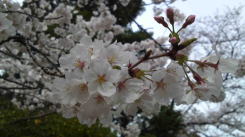
The Four Seasons In Hokekyoji
In spring, there is millions of cherry blossoms in Hokekyoji and in summer, lotus blooms on ryuo-ike pond. In fall, there are beautiful colored leaves. Every season, visitors could enjoy seeing the sights.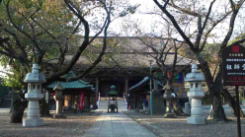
Soshido(Daido), the nationally important cultural property
It is characterized the twin hip-and-gable roof structure (hiyoku-irimoya-style), and hengaku written by Koetsu Honami hangs in front.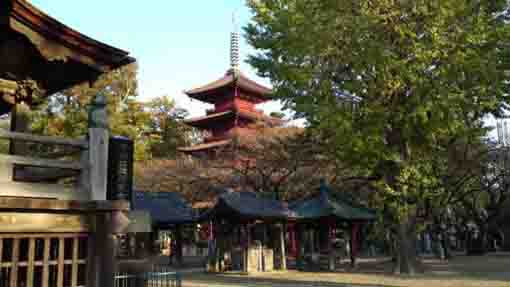
Goju-no-to (the five-story pagoda) , the nationally important cultural property
It was built in early Edo period (1622) by request of Koshitsu Honami supported by Maeda Family in Kaga.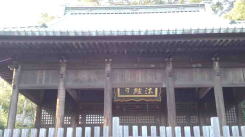
Hokke-do(the nationally important cultural property)
It was built in Kamakura period.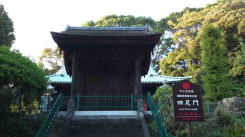
Yon-soku-mon (the nationally important cultural property)
It was moved from Aizen-dou in Kamakura 700 years ago.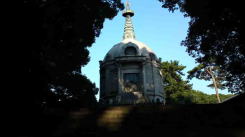
Shougyoden (the treasure hall)
It was designed by the famous architect Chuta Ito, it stores many scripts written by the Founder Nichiren.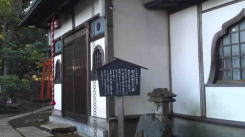
Shogan-jyoujyu-kigan-do (kiyomasa-kou-dai-zingi-do)
It enshrines Kiyomasa Kato, one of the most famous daimyo in Sengoku period.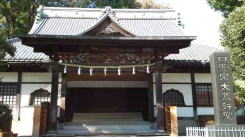
Aragyodo Hall (the hall where Buddhiist priests practice for 100 days in winter severly)
From Nov 1 to Feb 10, hundreds of Buddhist priests practice severly every year.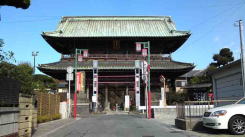
The Nio-mon Gate (The Deva Gate)
The henguku hunged in front of the gate was written by Koetsu Honami, famous artist in Momoyama Period.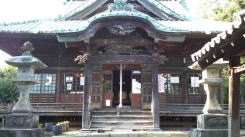
Setsu-do
It was built for worshipping Jurasetsunyo, Kishibozin, Daikokusama.
Black Gate(a tangible cultural asset by Ichikawa City)
It is also called Sou-mon (the main gate).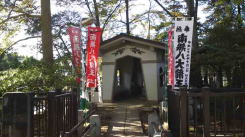
Hachidai-ryuo-do
The founder Nichiren built the small shrine to dedicate the dragon god to pray for rain.
Ugazin-do
It enshrins Ugazin who is the guardian deity of Hokekyou-ji Temple.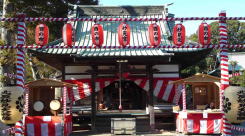
Myouken-do
It dedicates Hokushin Myouken Star that the Chiba Family deeply believed in , Hokekyoji traditionally succeeds. In November, Tori-no-ich is held in the site to dedicate the star.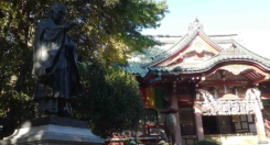
Oku-no-in (the first place where Nichren had preached at)
The founder Nichiren preached first time at the Toki's castle called Wkakamiya Yakata. And Toki built a temple 'Hokkeji', it is the origin of Oku no In.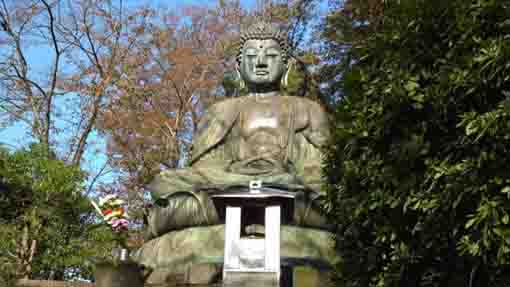
The Great Buddha(The Seated Statue of Shaka Nyorai)
It was built in 1719 by famous caster Ota Suruga-no-kami in Kanda. It is the bigest great Buddha in Chiba prefecture.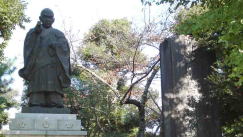
The statue of Nichijo and Naki-Icho
Nichijo was the first abbot of Nakayama Hokekyoji Temple and Naki Icho is a gingko tree having a sad legend.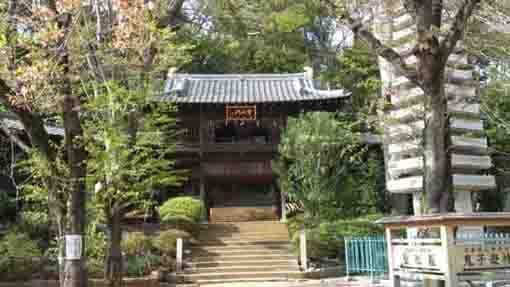
Kagami-ike-ato (the remain of the pond like a mirror), Emado hall, Hoden-mon gate, Ryuenkyo bridge
There are some other landmarks in Nakayama Hokekyoji Temple.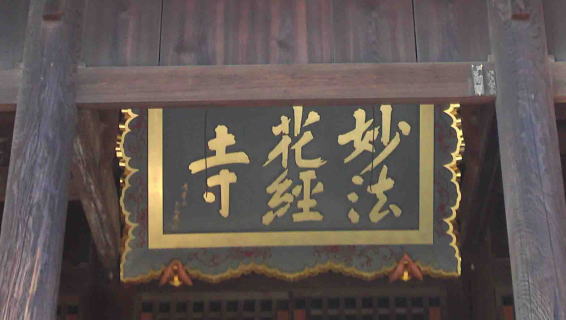
The artists, poets and writers related to Hokekyoji Temple
Koetsu Honami specially remained his calligraphy in Hokekyo-ji Temple, and Shiki Masaoka, Kafu Nagai discribed it well.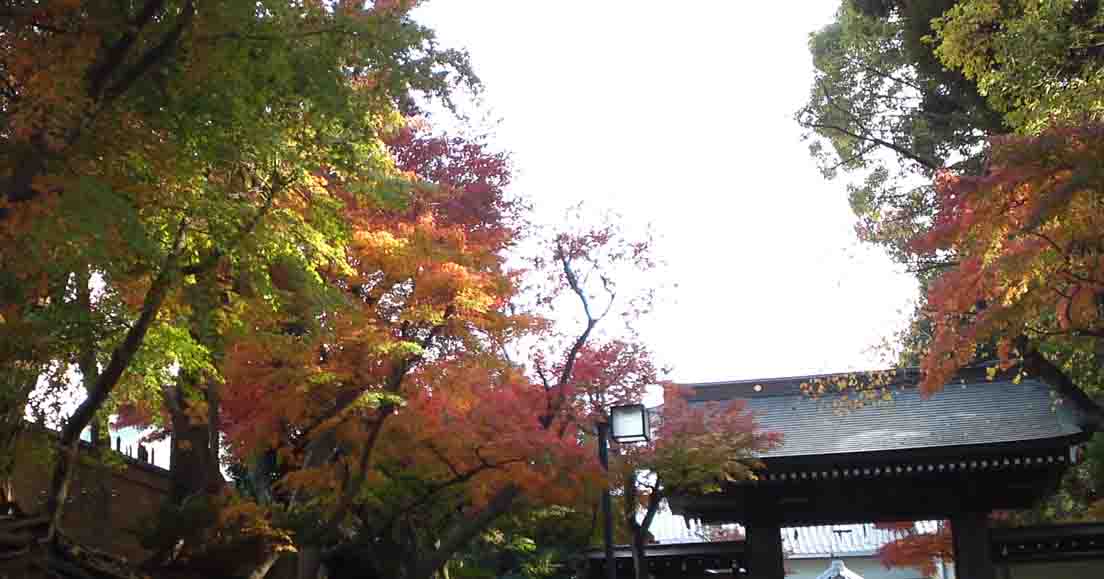
The Tacchu Temples and the Branch Temples in and around Nakayama Hokekyoji Temple
Some tacchue temples are introduced in this page.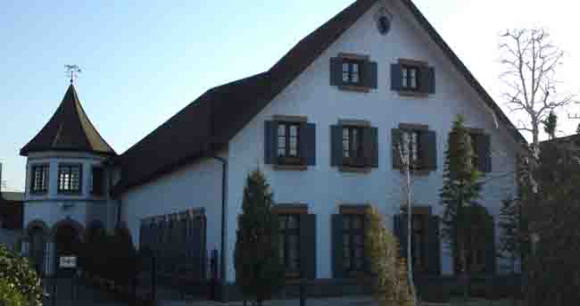
A Walk on the the area around Nakayama Hokekyoji Temple
There are some noted spots, Kaii Higashiyama Memorial Hall and so on, near Hokekyoji.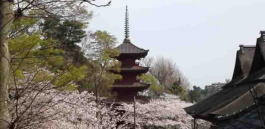
The Popular Viewing Sakura Spot / Nakayama Hokekyoji Temple
Cherry blossoms in Hokekyoji are amazingly wonderful.- 広告 Advertisement -
